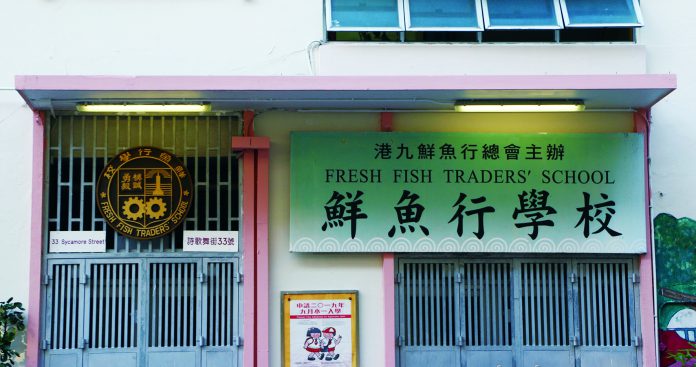We have been taught from childhood to associate education with
social mobility.
In primary schools, little children are often advised to study hard so that they can be admitted into one of the better secondary schools which, in turn, could prove a bridge to a good university. In secondary schools, teachers told us to endeavour to get the best results in the public examinations if we wanted to study a desirable major in a good university.
However, the notion that we can “change our fate with knowledge” has been challenged in recent years. It might not hold true if we ignore the significance of the social locations of each individual. Their social and economic status does play a role when they try to move up Hong Kong’s social strata. Therefore, in the Periscope section of this issue, we look into the situation of our secondary and tertiary education system where some students find it harder to advance their future prospects through education.
The Direct Subsidy Scheme (DSS), according to the Education Bureau, was set up in 1991 to “enable secondary schools to have greater flexibility in resources deployment, curriculum design, and student admission”.
Schools under the DSS scheme can also collect school fees which help provide additional support services and school facilities. The result is that they can impose tuition fees that are unaffordable for grassroots students who are thus denied access to quality education.
The objective of DSS is to inject more variety into Hong Kong’s school system, so how well is the scheme doing to achieve this objective? Varsity has talked to alumni from DSS schools and education advocates to look into the impact of the scheme on the social mobility of less privileged students in Hong Kong.
While most of the students in Hong Kong are admitted to universities through the Joint University Programmes Admissions System (JUPAS), more well-off students might choose options outside JUPAS by taking the more expensive International Baccalaureate (IB) or GCE A-level examinations in Hong Kong, which are known as “non-JUPAS admissions”.
Lawmaker Ip Kin-yuen discovered that, in general, 5.3 per cent of freshman students had IB or GCE A-Level qualifications in the past academic year but, shockingly, the percentage of non-JUPAS students in programmes like business, medicine and law has exceeded 35 per cent.
That means the well-off students are concentrated in the upper tier of the social strata, while the less well-off ones may find it harder to move upwards. Therefore, in the second Periscope story, we talked to education experts, advocates and students in order to examine the disparity in education between the well-off and less well-off students in university admissions.
Other than stories about education, this issue also features stories about student athletes, wet markets and the disappearing signscape in Hong Kong, as well as a variety of cultural and human interest stories. Don’t miss out any of them and enjoy the read!

Marilyn Ma
Editor-in-chief







































